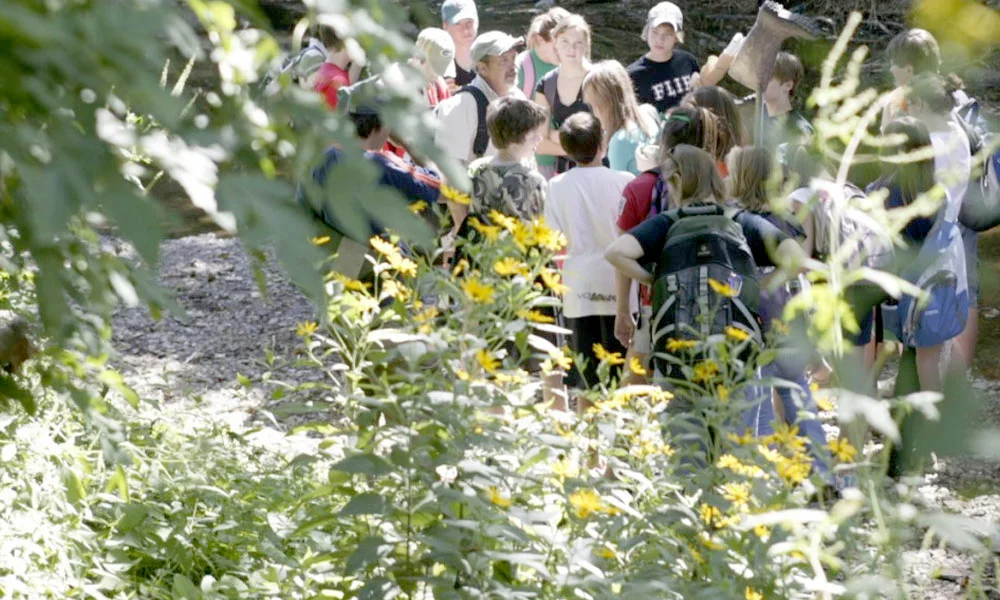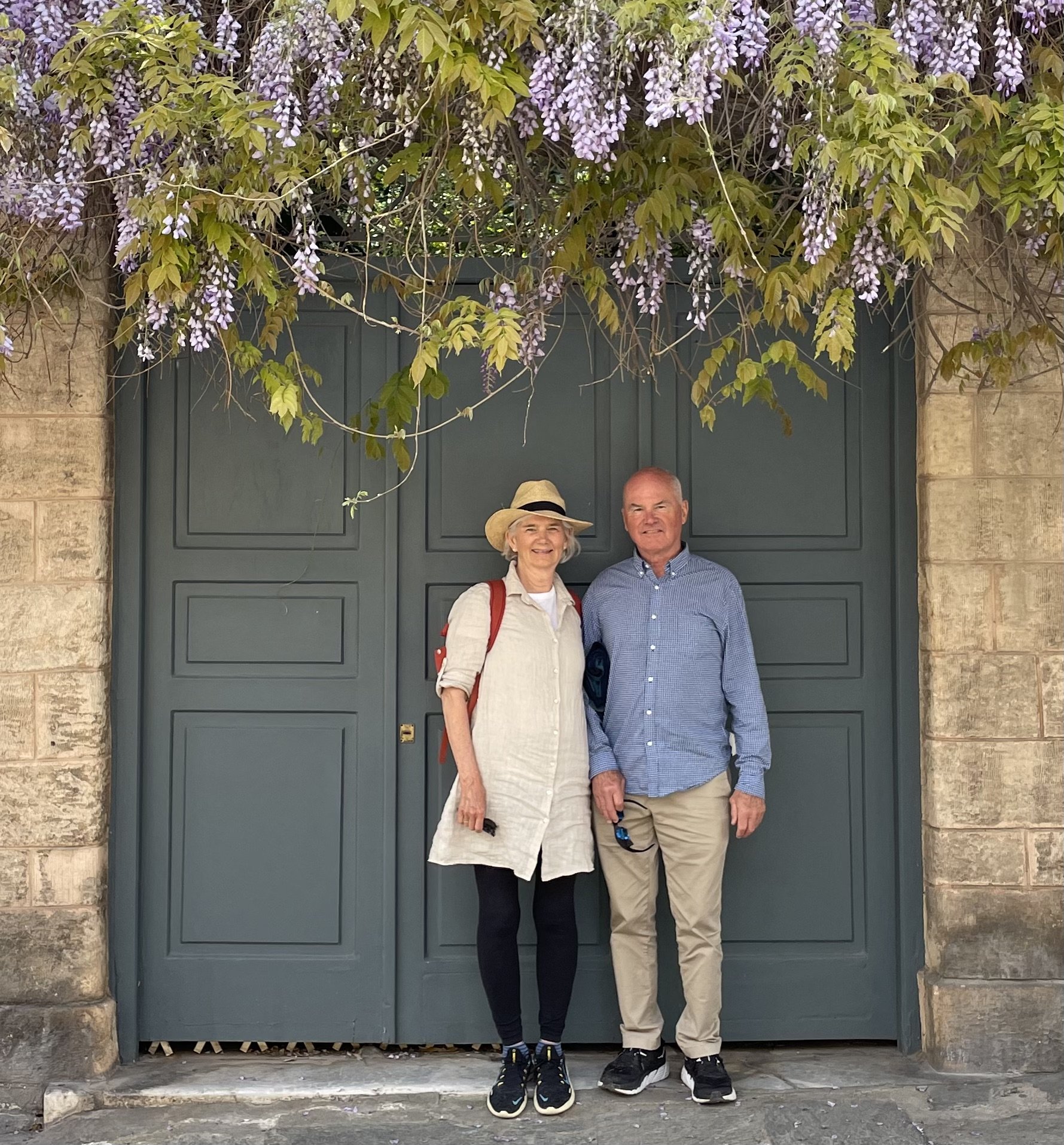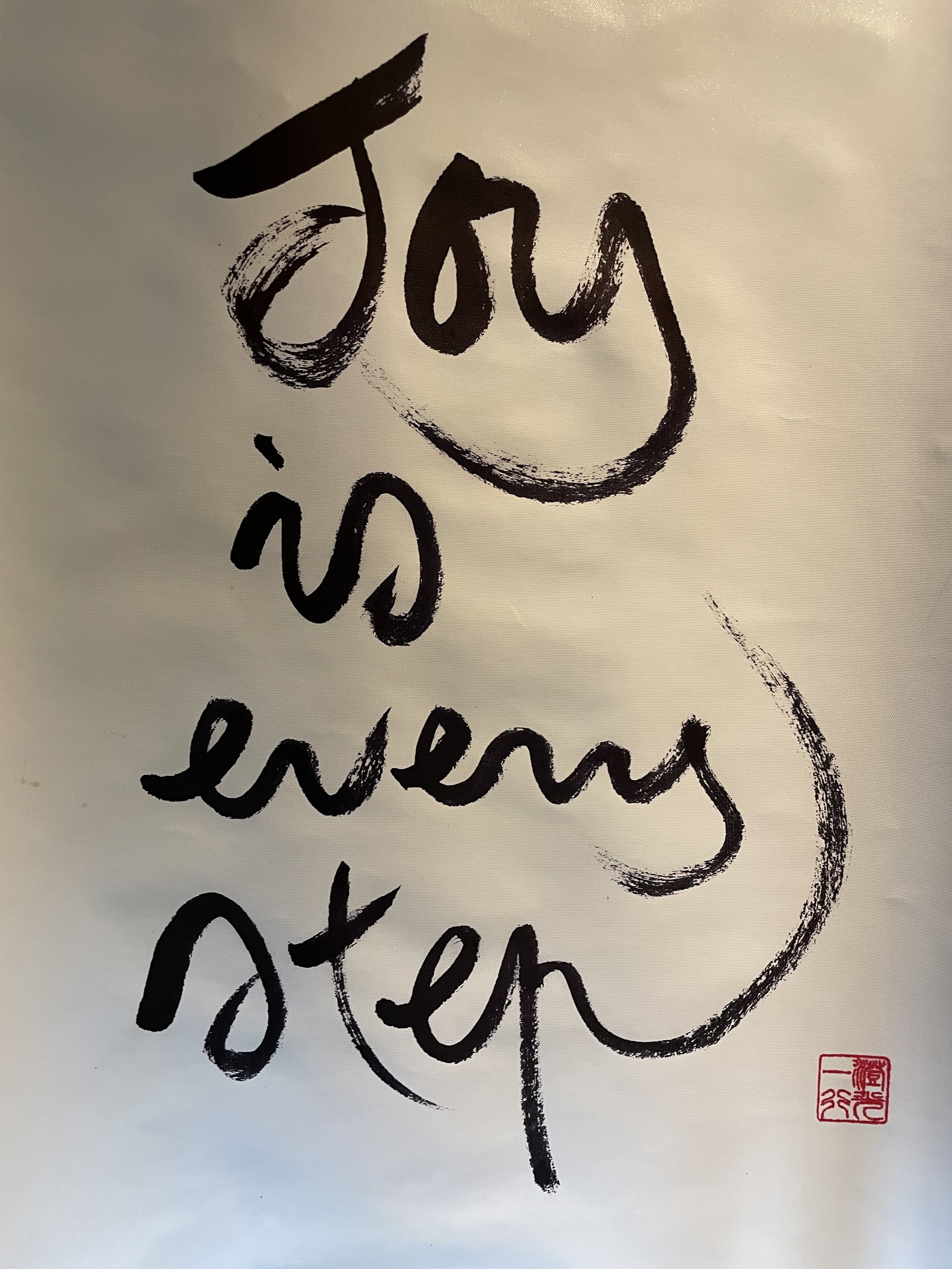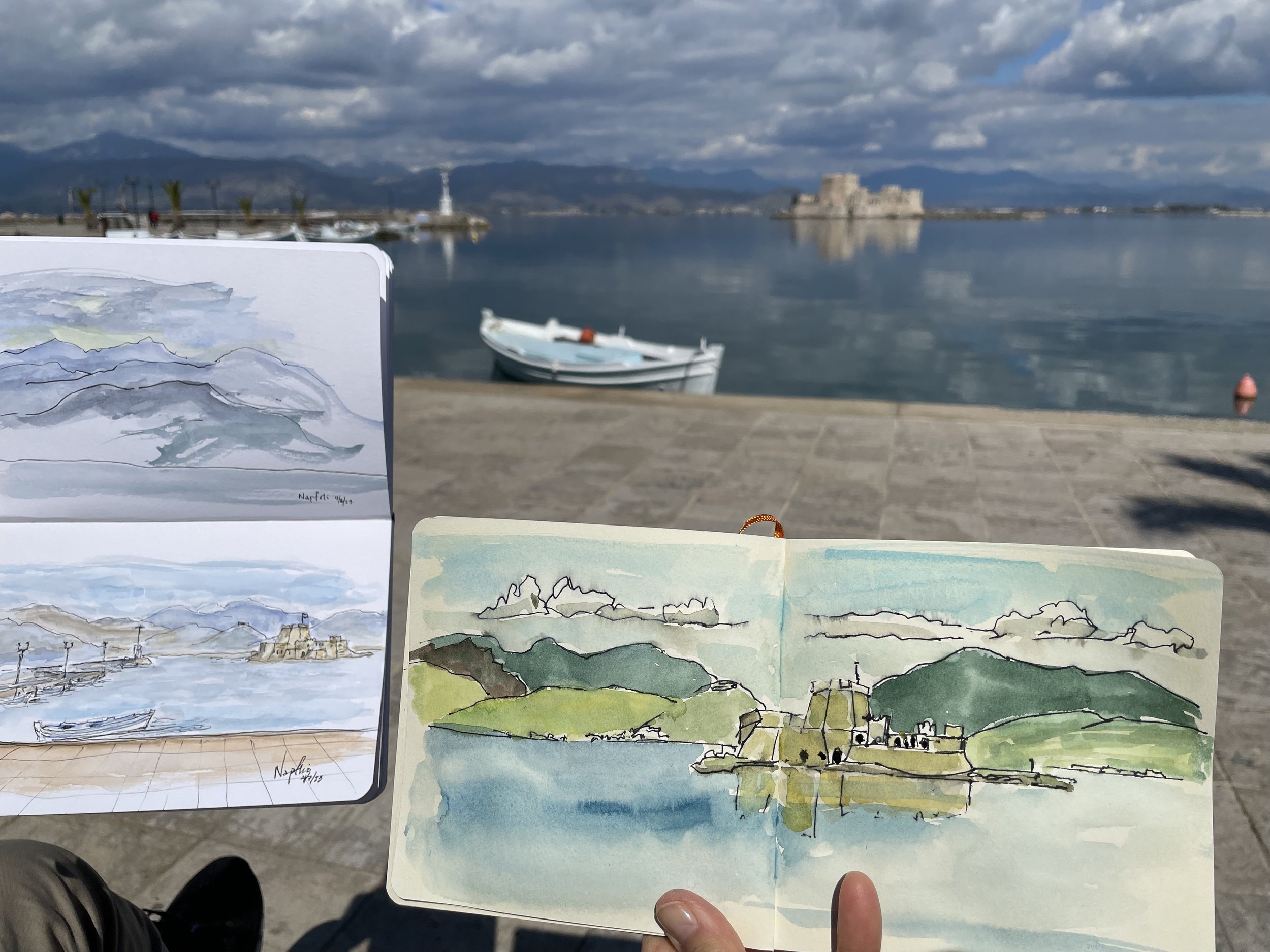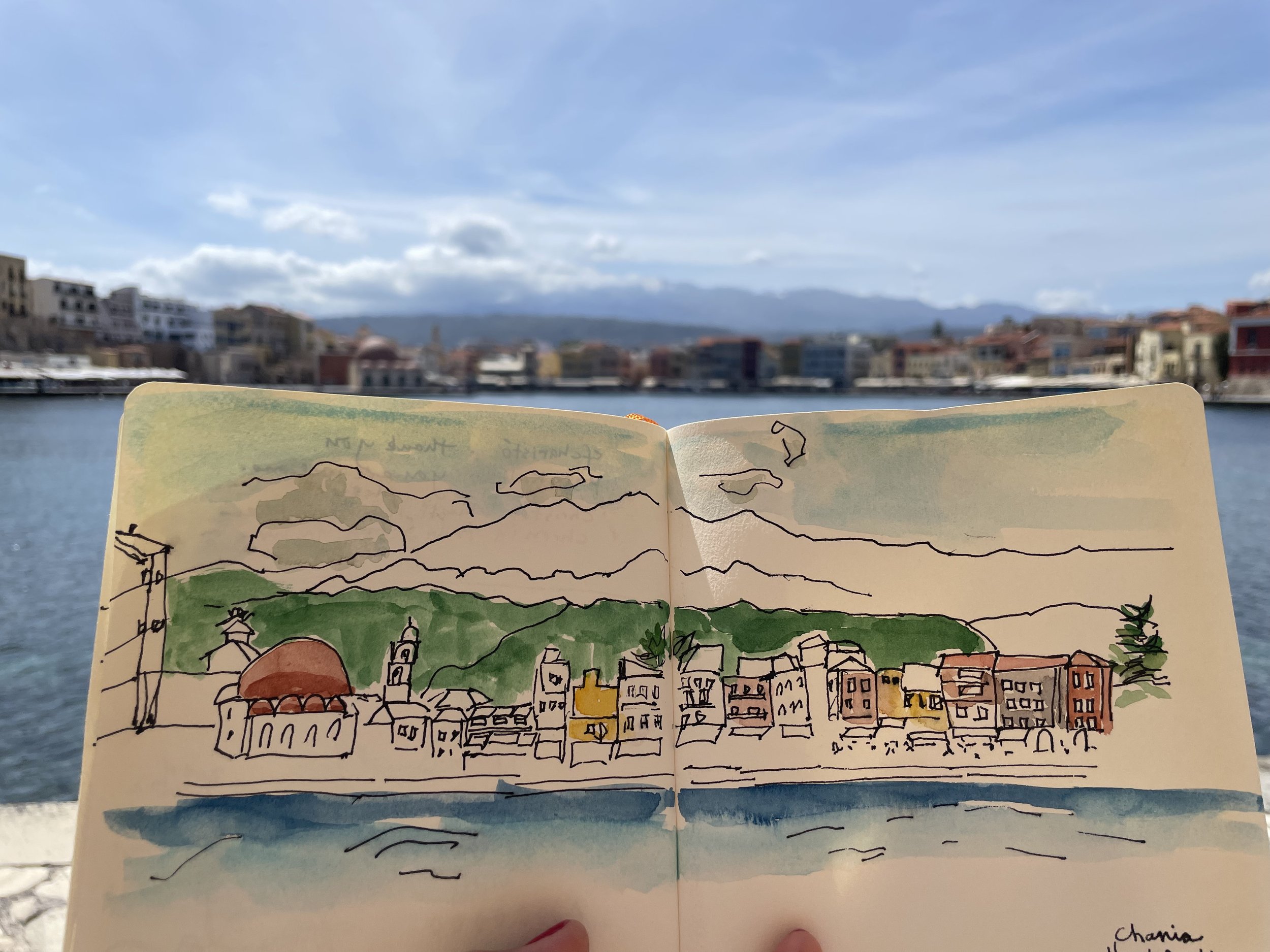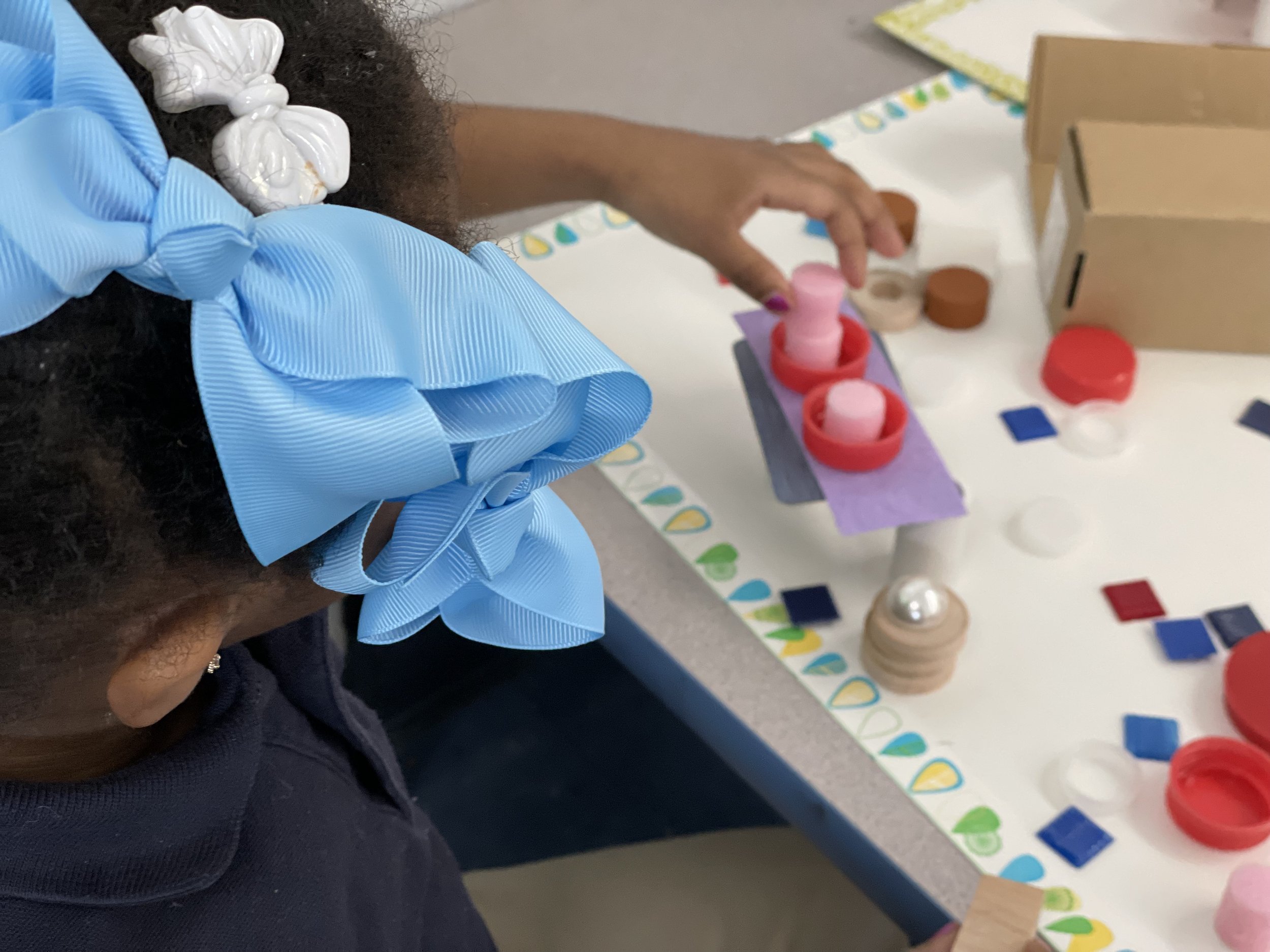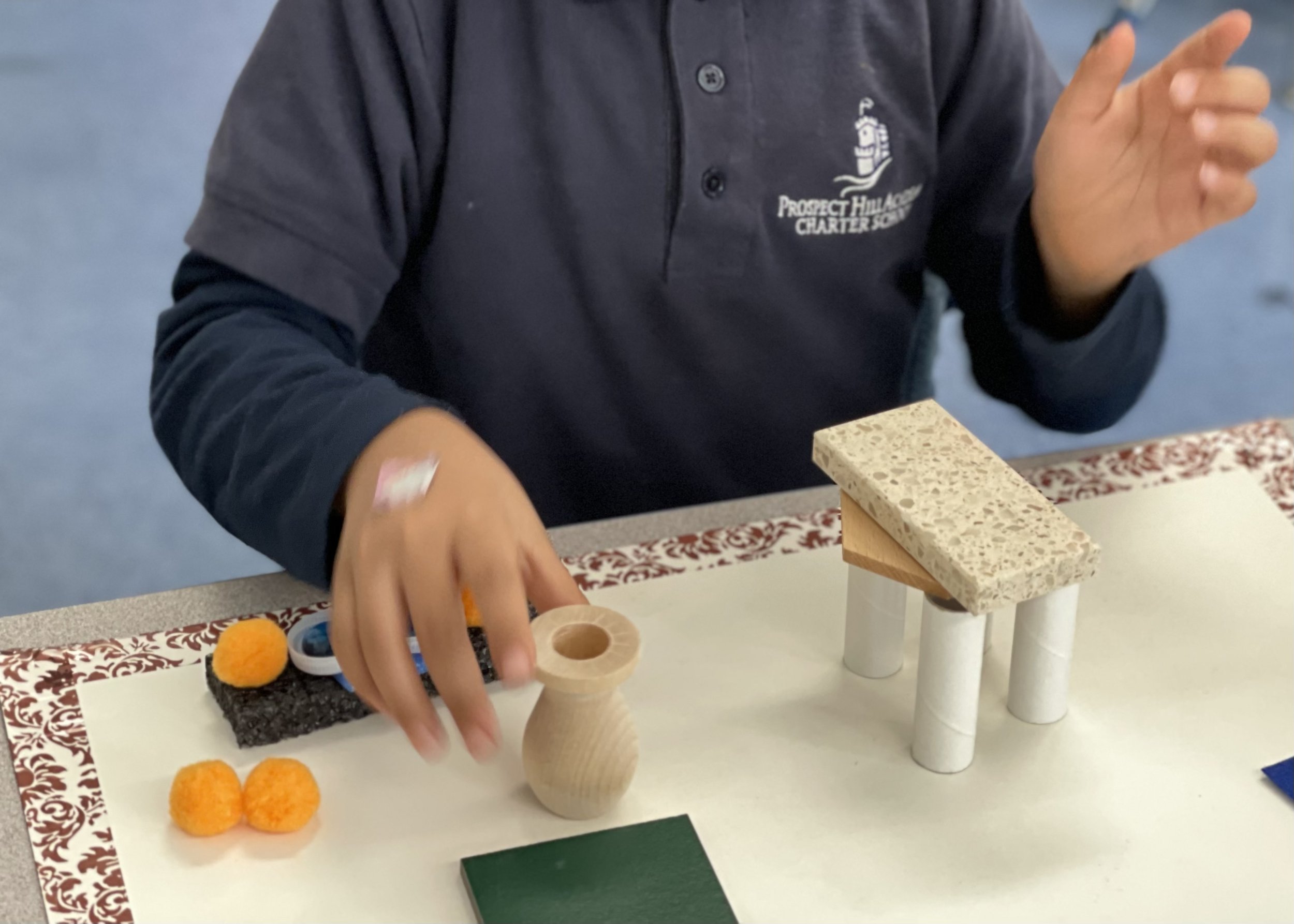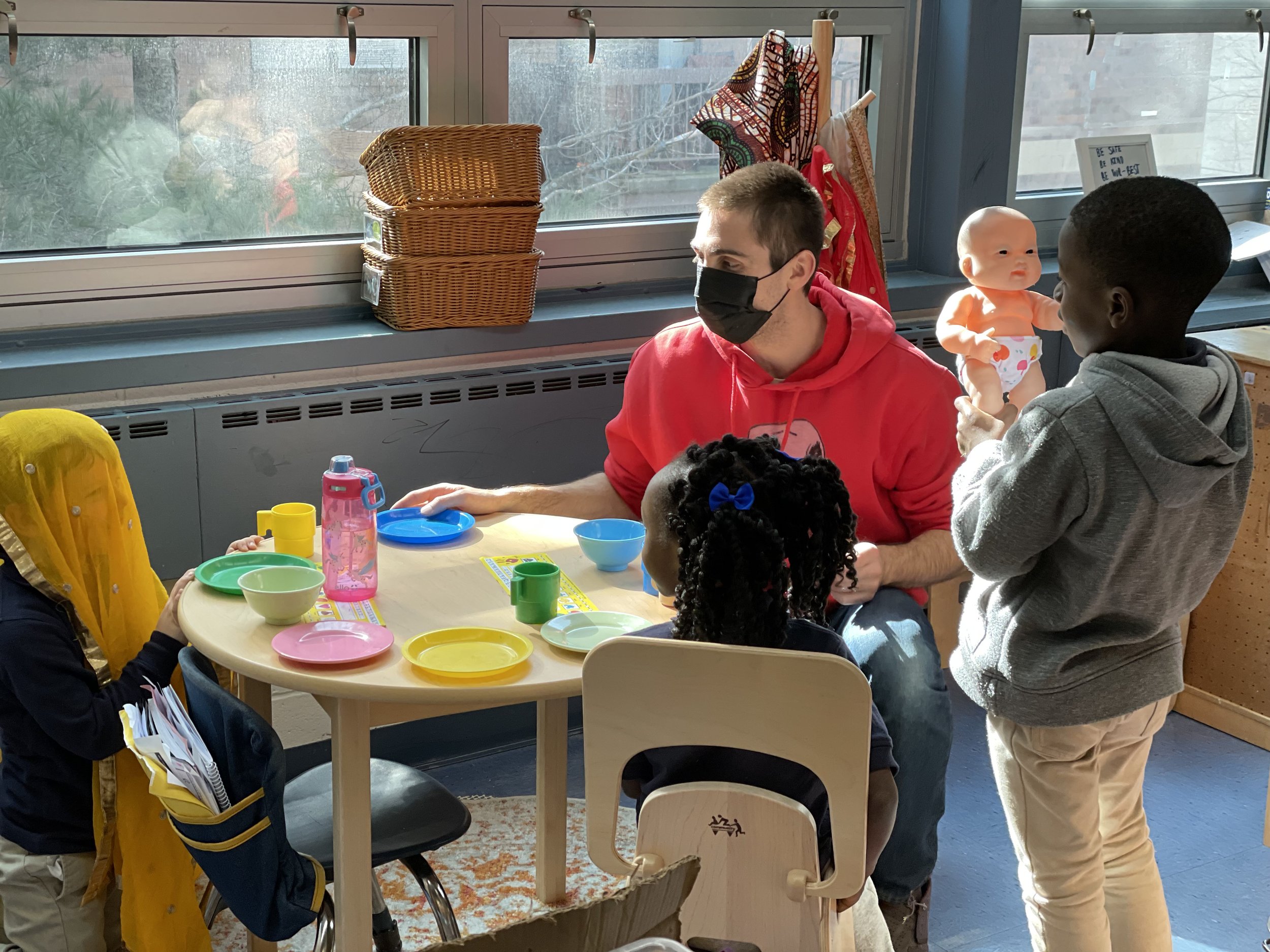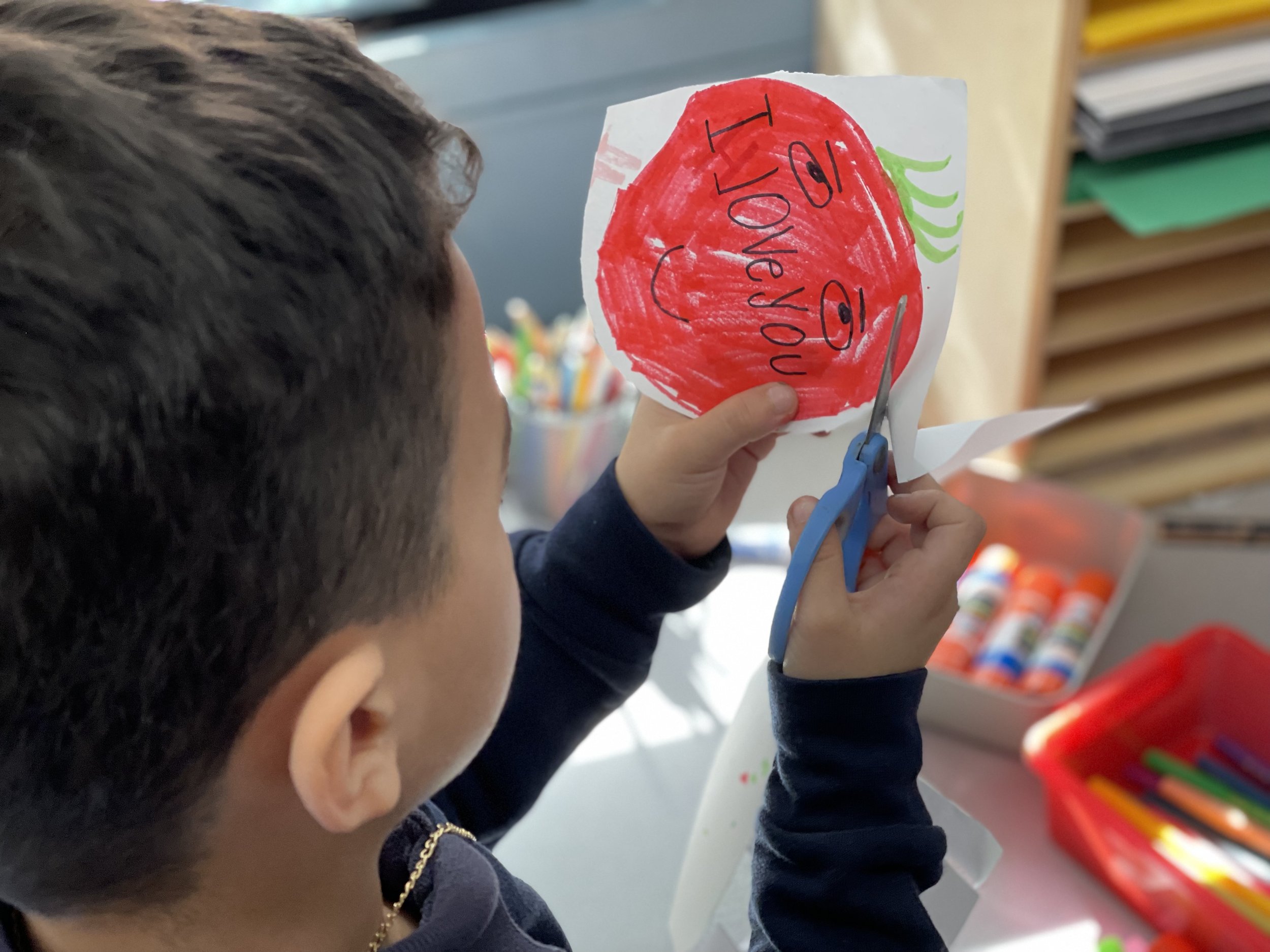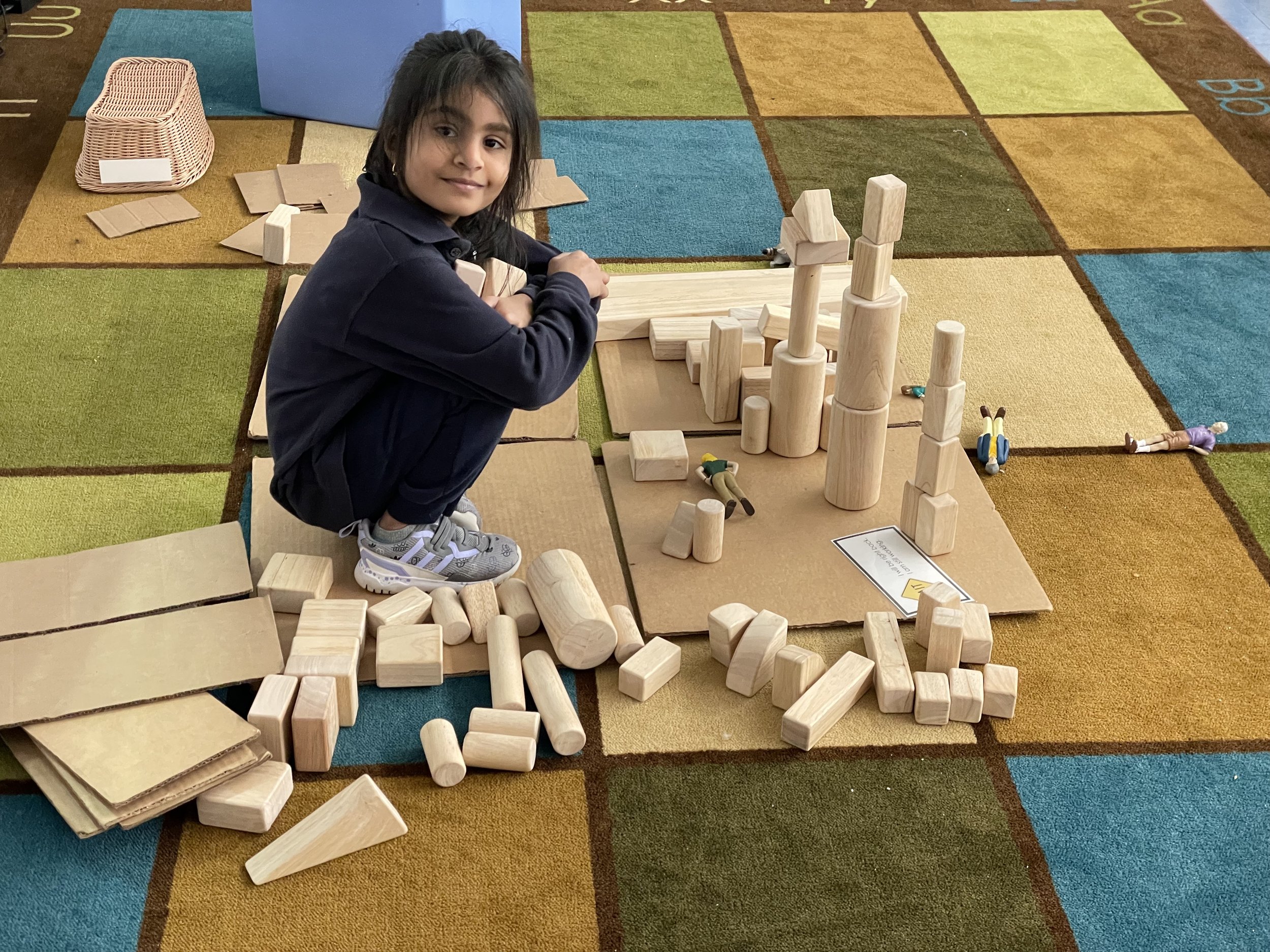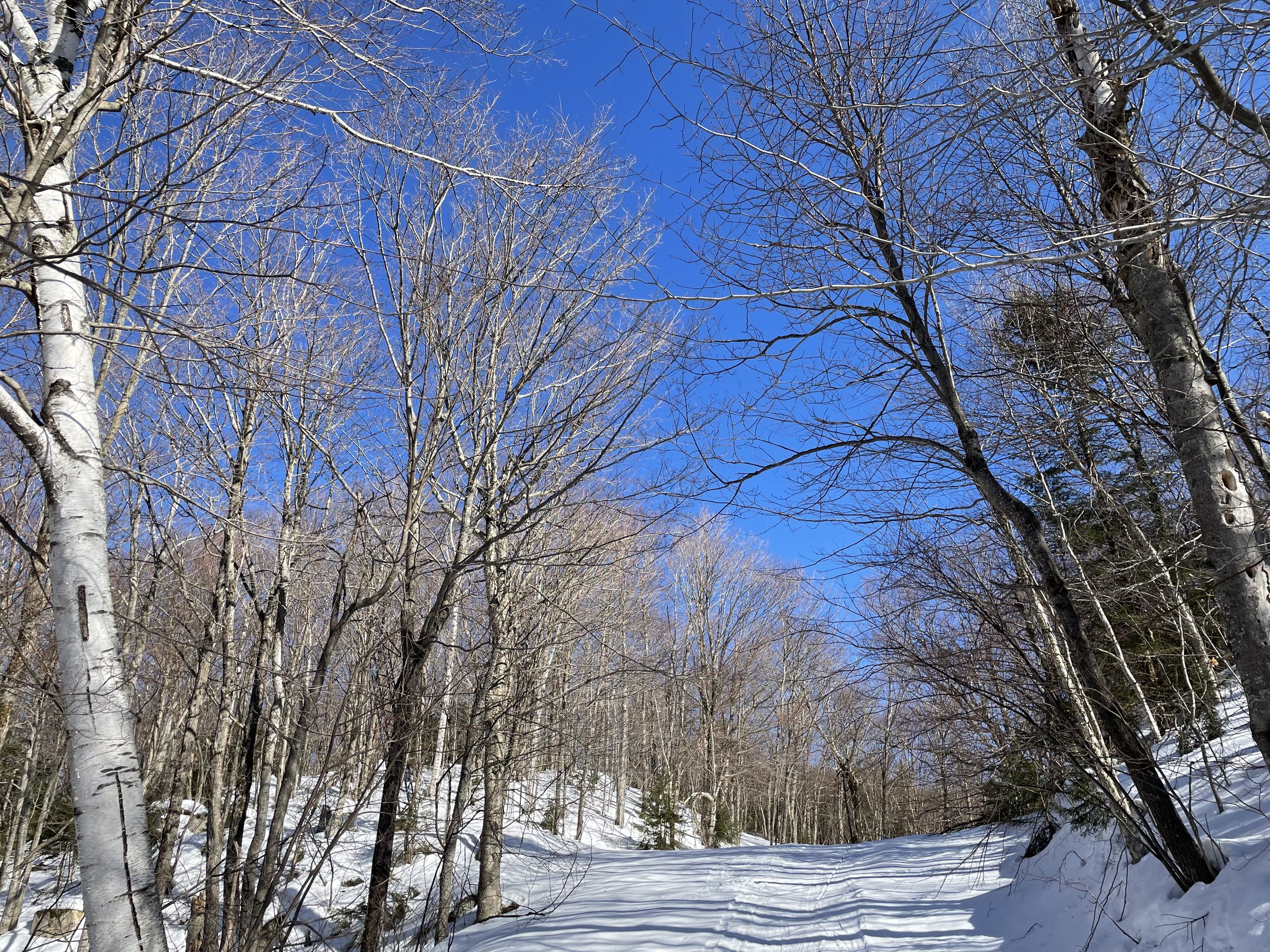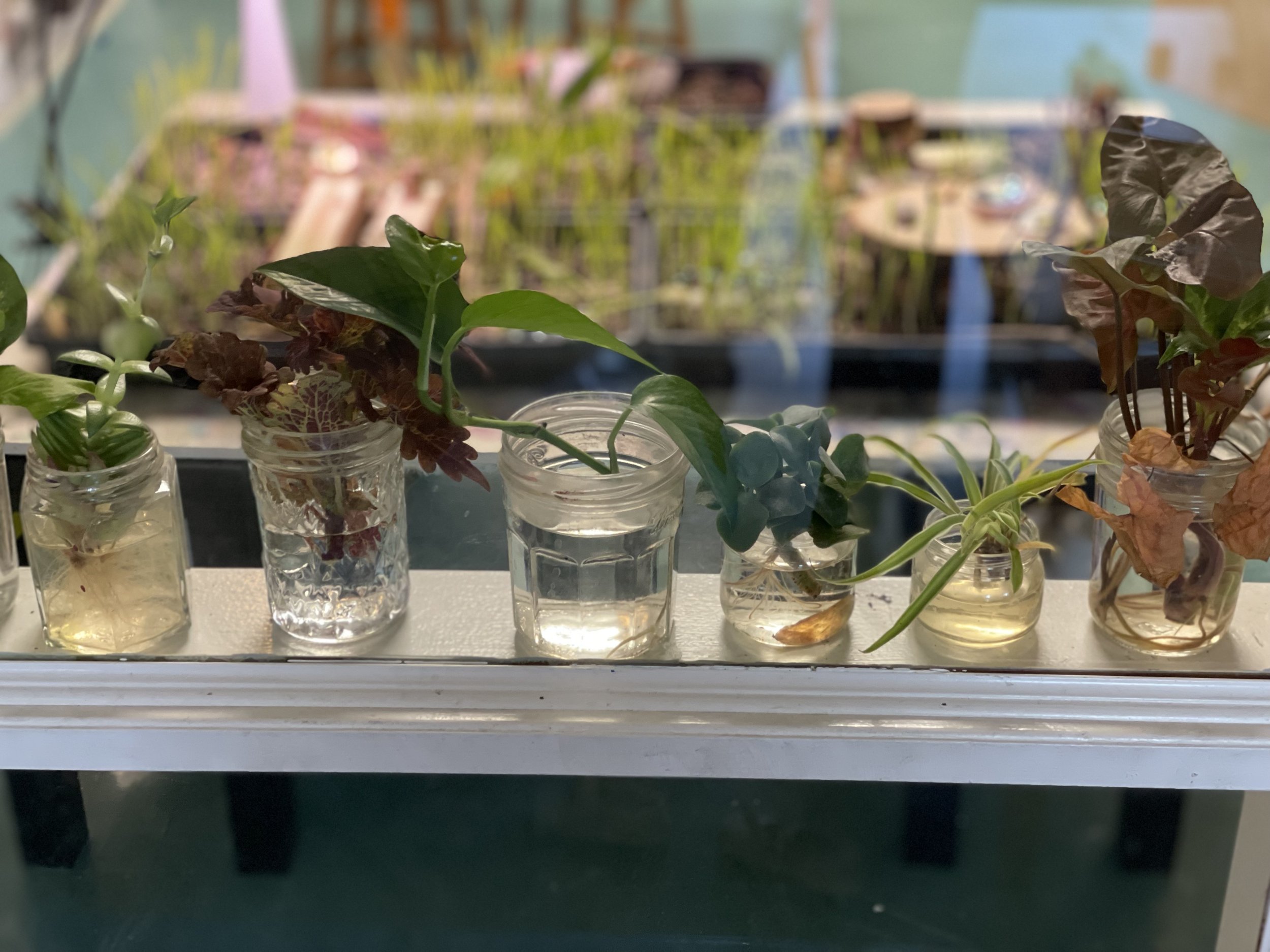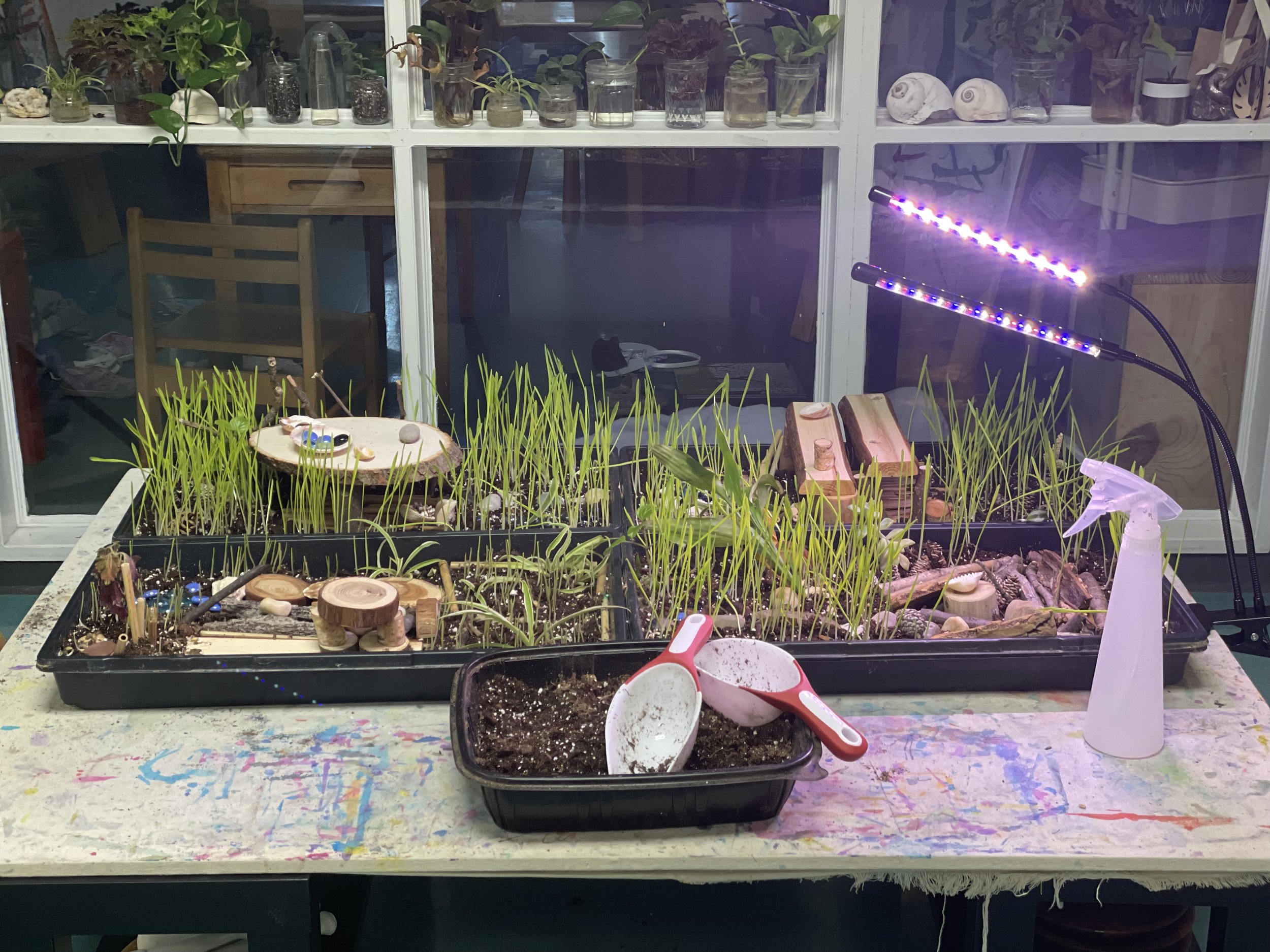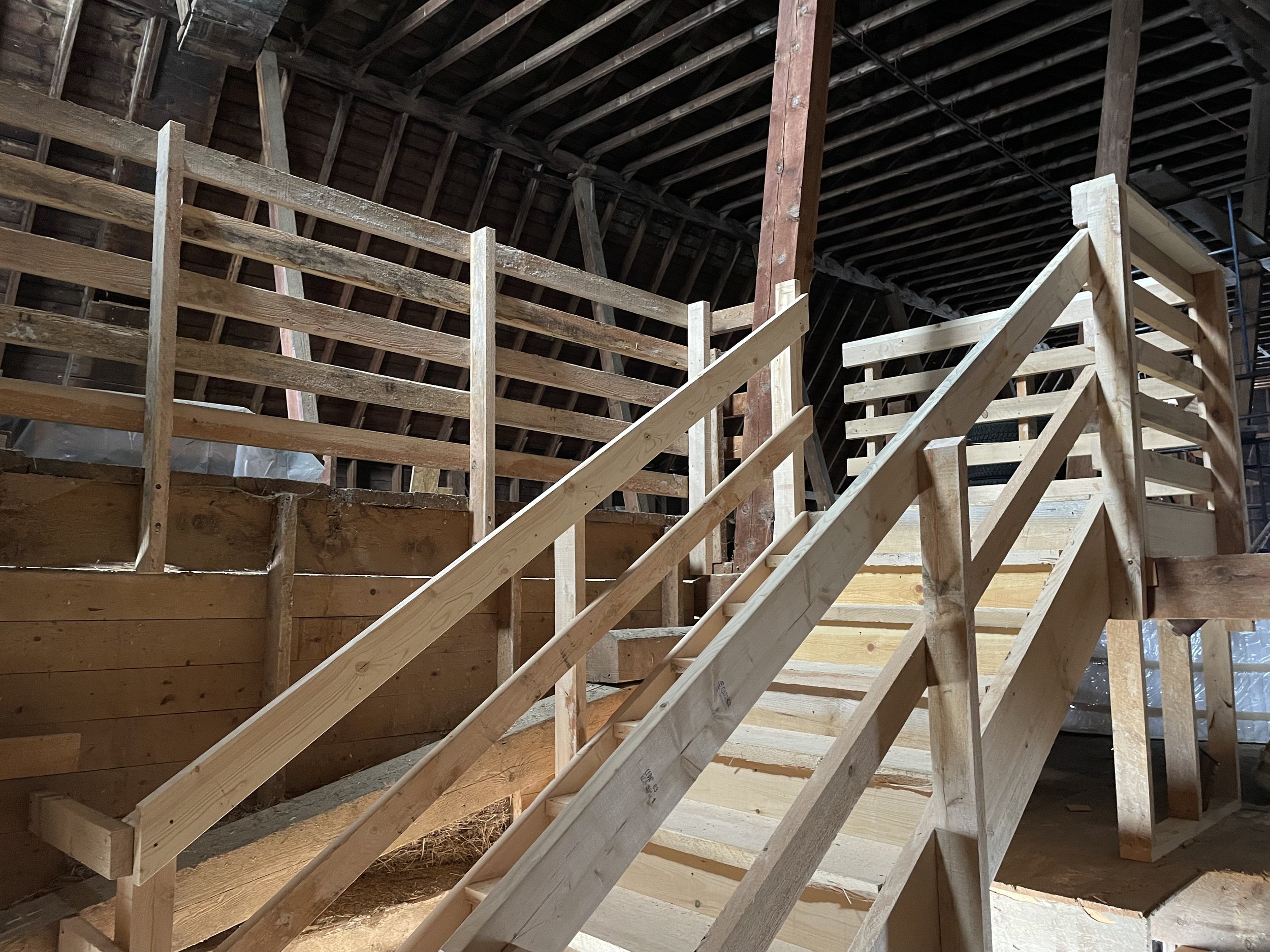Athens, Plaka neighborhood
We just returned to Vermont from a long and wonderful adventure. We feel grateful for every moment of our trip and equally grateful to be home in the Vermont landscape turning lush green and full of blooms.
On our trip, we traveled for the first time to Turkey and to Greece. We were enchanted by Istanbul…the layers of history, the magnificent Hagia Sophia, mosques and turrets, the daily call to prayer throughout the city, the ease we felt in a place where we had been told we might not feel safe. We fell in love with Greece…the rugged, mountainous landscape, the generous, kind, spirited people, the olive oil and olive trees, the ancient history everywhere.
We also participated in a Buddhist retreat with monastics from Plum Village, the main retreat center of the late Vietnamese monk, Thich Nhat Hanh. I posted a reflection here about Thich Nhat Hanh in January of 2022 when he died at the age of 95. I wrote about our family’s experiences with him in the late 80’s and 90’s when we attended retreats when our sons were young. It was a joy to be back with the monastics from this beautiful tradition. We lived with them for a week in a small village in the Pyrenees during what they call a Snow Retreat. We were about 60 people, ages 20-80 and from many different countries. The monastics were from Holland, Italy, France, and Vietnam. A somewhat surprising characteristic of the monks and nuns of Plum Village that will always be with me is that they are irrepressibly joyful. They laugh, they joke, they skip, and play volleyball, and at our Snow Retreat, they skied!
We found ourselves slowing down to their pace, and being joyful also… singing, eating in silence and appreciating our food, listening to talks and fellow participants, and sitting in meditation. I felt so alive that week, as I followed my breath, and fully embraced the beauty all around us as well as the community we became.
Calligraphy by Thich Nhat Hanh
All through our trip, Ashley and I both stopped to draw and sketch almost every day. What struck me again and again, is how much drawing and painting on location, in the middle of wherever you find yourself, is like meditation and feels like mindfulness in action. When I engage in this seeing drawing sketchbook practice, time disappears, I become completely focused on what I am looking at and seeing, and on my materials at hand. I become “lost” in the present moment with all my senses fully alive in a playful, joyful experience.
Erechtheum Temple of Athena Polias, Acropolis, Athens
I have a vivid memory of every place where I sat to draw or paint, starting with the Snow Retreat. I remember the feel of the air on my skin, the weather, the spot I was sitting, the people around me, the sounds, the time of day. I remember the place and what I was drawing, in detail.
An interesting, timely book just came out, Your Brain on Art. Authors Susan Magsamen and Ivy Ross offer compelling scientific research that shows how engaging in an art project in visual arts, music, design, even cooking, for as little as twenty to forty minutes a day reduces the stress hormone cortisol, no matter your skill level, nurtures our well-being, and leads us to a flourishing kind of life.
Harbor and Venetian castle, Nafplio, Greece
From their website: Your Brain on Art weaves a tapestry of breakthrough research, insights from multidisciplinary pioneers, and compelling stories from people who are using the arts to enhance their lives.
Before we left for our trip I read another recently published book by a sketchbook artist, Koosje Koene, Life is Better When you Draw It. Koosje is a fervent advocate for just doing it! Just get started with this playful, fun, bold, meditative practice. You will remember your life. You will fully be present for your life. You will slow down. If you start, you will learn. If you seek out companions, they will help you. Urban and natural world sketchers are everywhere now. So are podcasts, youtube videos, local classes, online classes...if you want support and or instruction, it is easy to find.
Chania Harbor, Crete
Spring is a lovely time to start a sketchbook. Koosje says, just find an ordinary unlined notebook and a pen and start. You can add materials as you learn, get curious, or find yourself in an art store.
The day before we headed out on our trip, I copied a quote from Leonard Cohen in the front of my sketchbook.
It’s true!
The years are flying past and we all waste so much time wondering if we should do this or that.
The thing is to leap, to try, to take a chance. Leonard Cohen
Last views of Greece

